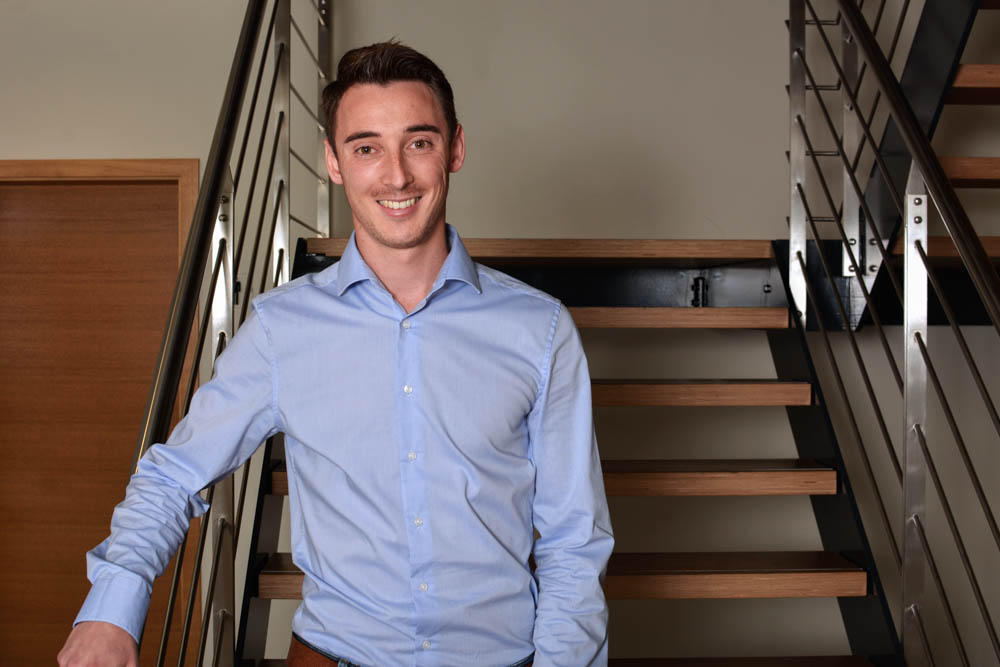
Prof. Sebastian Kölbl
- Junior Professorship for Polymeric Materials
- Scientific project management
Academic Director
Scientific Leader Teyhnology Campus Hutthurm
labs
Technology Campus Hutthurm
core competencies
- polymer extrusion and compounding
- polymer analysis
- structural lightweight design
Research and teaching areas
- Polymer technologies
- Lightweight design and composites
- Sustainability